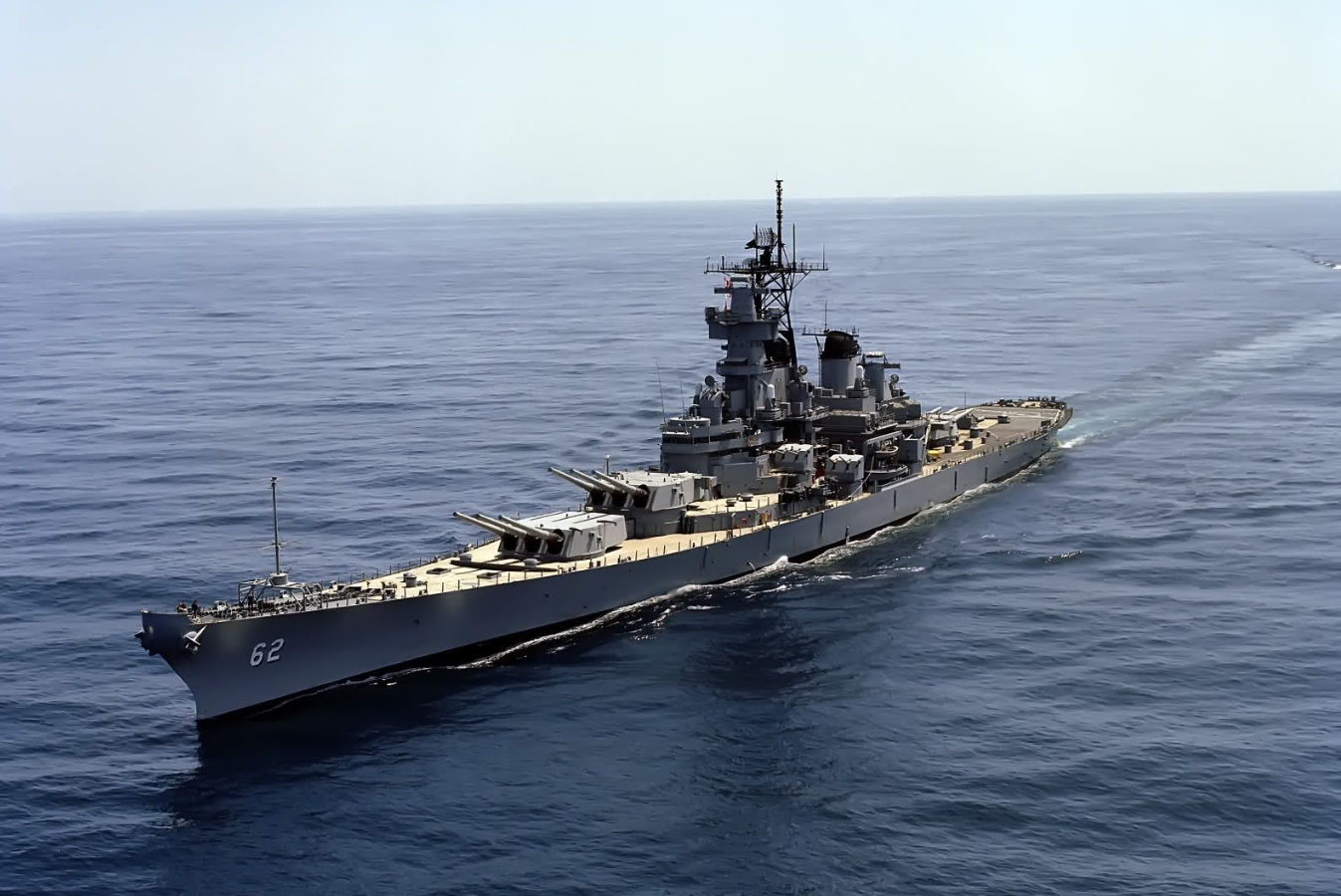
The Iowa-class battleships are not merely cold steel and naval power—these ships are a symbol of American will, ingenuity, and spirit. Constructed in an era of worldwide uncertainty and shaped by war, these legendary vessels became so much more than weapons of war. They were daring, ambitious solutions to changing dangers, and they’ve had a lasting impact not merely on the military history books but on the people and communities who still draw inspiration from them today.

All those years ago in the late 1930s, when the world was moving inexorably toward another global war, U.S. Navy planners were having to answer some hard questions: How do you design a ship that is fast, highly armed, and as hard as it needs to be—all simultaneously? Those qualities had long seemed to exert opposing forces. But the Iowa-class battleships broke those illusions. They maximized speed, armor, and firepower in a combination that had never quite been achieved before.

These vessels were capable of traveling at an astonishing 33 knots, aided by eight Babcock & Wilcox boilers and four massive General Electric turbines. That velocity enabled them to operate with aircraft carrier squadrons, yet maintain nine massive 16-inch guns firing 2,700-pound shells a distance of 20 miles. And with armor close to 20 inches thick on the turrets and more than a foot thick on the sides, they could throw a punch as well as absorb one.

But these vessels weren’t only mechanical miracles. They were living, functioning platforms that served important roles in some of the greatest moments of history. In World War II, they escorted carriers, shelled enemy fortifications, and delivered raw muscle to decisive battles such as Iwo Jima and Okinawa. Perhaps the most iconic moment was on the USS Missouri, when Japan ceremoniously surrendered in 1945 and World War II ended. That deck was made a symbol of peace following unprecedented devastation.

While the world continued to evolve, so did these vessels. They were not permitted to become obsolete artifacts. The Navy continued to find ways to keep them in the game—modernizing them, reactivating them for new wars, and equipping them with new technology. In the Korean War, Cold War crises, and even Operation Desert Storm, the Iowa-class battleships were brought back into service, refurbished with new radar, helicopters, and ultimately Tomahawk cruise missiles. Their flexibility was nothing less than astounding, and it earned them a second—and third—life at sea.

But, as war tech grew, even the big battleships saw the cuts in their build. Guided hits, hiding tech, and smart arms that could strike from far off started to set new rules. Battleships, once the top rulers of the sea, began to look weak in a time of flying drones, space-guided strikes, and sharp anti-ship hits. Even with their strong firepower, the way of sea fights was changing fast in this new age.

The future lay not in battleship shootouts—it lay in information warfare, rapid deployment, and networked weapons. Instead of attempting to shoehorn these giants into a future that they were not designed for, the Navy disseminated the Iowa-class lessons of resilience, strength, and versatility across a new fleet and submarine generation.

But that was not the end of the Iowa-class saga. Actually, in a sense, it was only the start of another type of legacy. These battleships didn’t get scrapped or left behind. They were saved, repurposed as floating museums and community centers. The USS Iowa, for instance, is now a permanent fixture in Los Angeles. It’s no longer sailing into combat, but it’s still serving. Thousands of people come annually, not just attracted by the sheer size of the ship but by what it symbolizes: sacrifice, ingenuity, and national pride.

Beyond being a site for learning history, Iowa is now also a hub for education, community outreach, and veteran support. From youth programs to public events, from remembering those who served to motivating the next generation, the ship has evolved as a living bridge between past and present. Volunteers, veterans, and curious travelers alike walk its decks, sharing stories and absorbing the experience of being on a ship that played a role in shaping the 20th century. It’s not nostalgia—it’s connection.

What is so special about the Iowa-class ships isn’t only what they accomplished in combat, but what they still do today. They are a reminder that history isn’t a series of dates and figures. It’s something we carry on, something we experience and learn from. These ships are representations of strength, not only in conflict but in spirit. Whether thundering through Pacific seas or proudly standing as museum exhibits, they’ve demonstrated that greatness doesn’t necessarily crumble—it evolves, adapts, and manages to find new ways to be of use.

So when we speak of the Iowa-class, we are not merely speaking of the finest battleships America ever constructed. We are speaking of something more—a tale of how determination, perseverance, and pride can be forged in steel, and how that esprit de corps can endure long after the cannons fall silent. That legacy floats with us today, not merely on the waves, but in the hearts of everyone who recalls.
